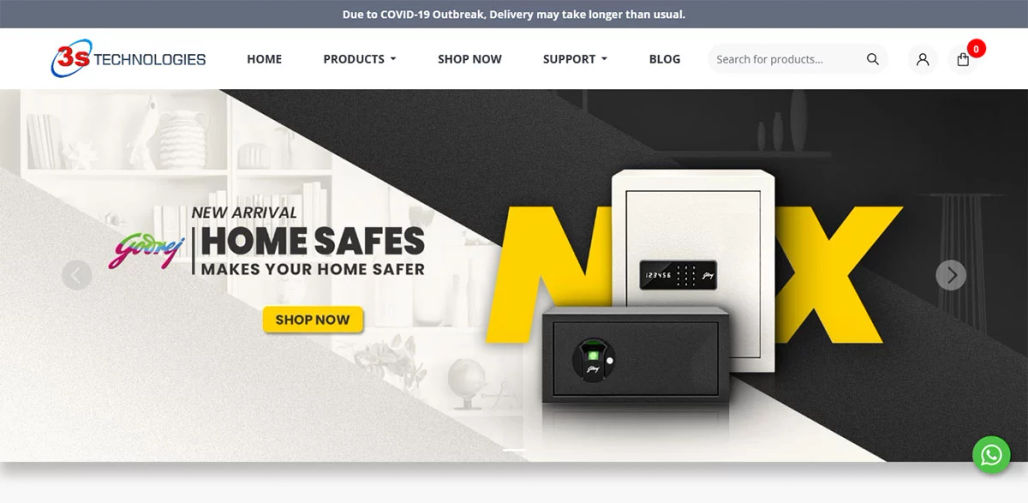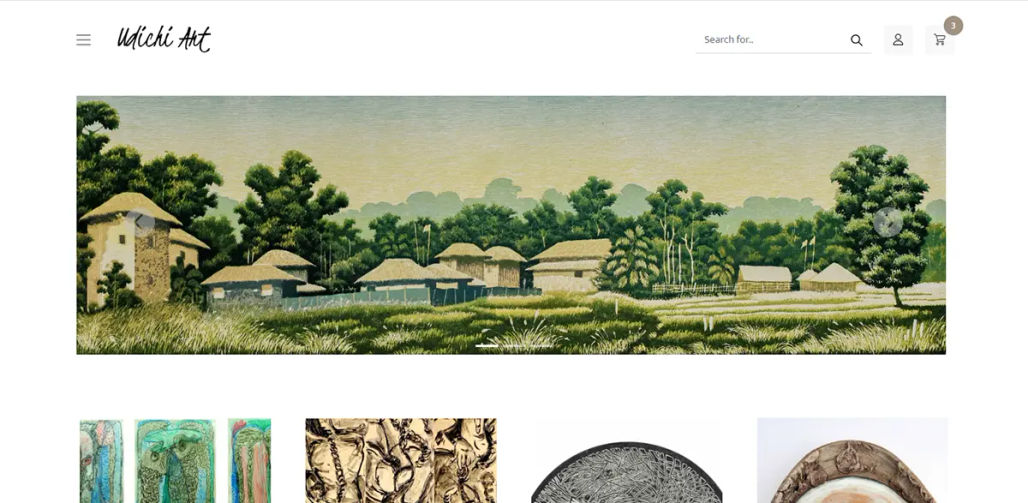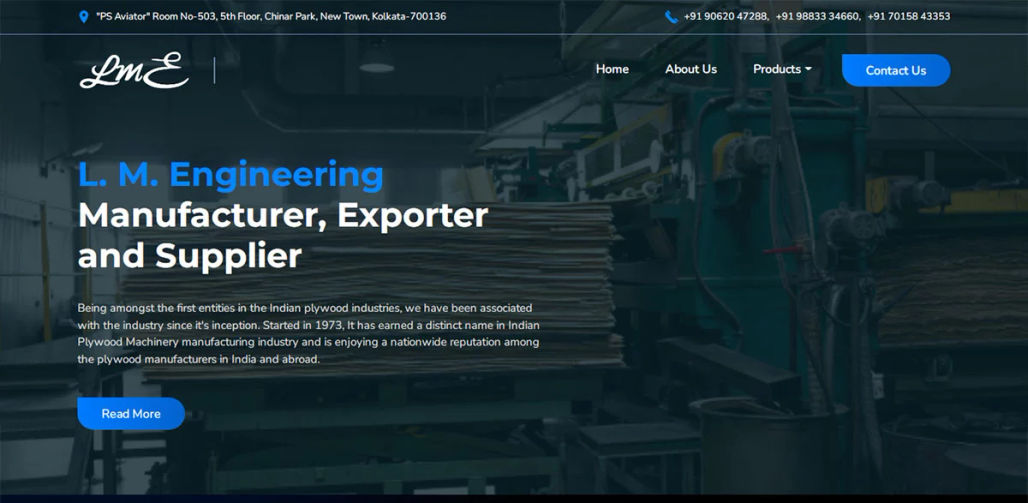A dynamic professional always aims for big projects. It’s the same with web designers as well. There is no denying the fact that designers are extremely committed to their work. But, you also can’t ignore the basic fact that they are mostly focused on pursuing high-end projects and aren’t that excited about smaller ones. Big projects mean a good bankroll and a stamp of credibility for your brand. No one is refuting that. But, small projects do carry their own distinct value that actually helps you to grow as a professional and scale up your business.
Here is a brief on why designers should pay heed to smaller projects, added to larger ones.
A TO Z of smart client management
Clients won’t be impressed by great graphics alone. Rather, your client would gauge the overall experience he will have with you. Added to the design, he will also check how you interact, respond and communicate with him.
Now, there is a catch. Not all clients prefer the same way of communication or interaction. Your client’s overall personality and business ethos would play a great role in determining the “ideal” mode of interaction with him. You must attain a solid understanding of the nature, personality, expectations and wants of different types of clients so that you can adjust your style of interaction accordingly.
So, how do small design projects help here?
Well, small projects help you to learn the ropes of smart client management.
With small projects, you get an opportunity to work with a good lot of clients. Small projects generally have limited requirements and they get completed faster than big ones. It leaves you enough space to accommodate more volume of projects and meet more clients.
The more clients you will meet, the better will be your level of understanding of different characters and their distinct preferences or turn-offs. These crucial insights will make you more intuitive. You will learn how to customize your protocols for client interaction and present your business in a more user-friendly manner to each client. If a client finds a web designer who speaks his language (not just literally), he will be more than excited to work with him.
Why not with big projects?
Big design projects are usually complex and run for longer periods of time. Put simply, if big clients are your sole priority, you won’t be able to meet a large number of different personalities the way you would with smaller projects.
Warm up before the big game
Big projects seek to work with “skilled” and “experienced” designers as they mostly involve complex requirements. Seasoned designers are more knowledgeable and proficient in the science and art of designing. But, both great skills and solid experience are derived from working on a multitude of projects. Count on small projects as the much-needed “warm-up” before taking up a large and more complicated task. They are easy to get and hence will help you with the much-needed practice to sharpen your graphics and codes.
You might talk about tons of courses and tutorials for web designers available today as a means to enhance your web design know-how. But, all these courses would only boost your “theoretical” knowledge about design. Professional web designing is something that demands hands-on application. If you stick to just developing your theoretical knowledge and don’t really care much about hands-on practice, it will impact your performance.
Smaller projects are your ground for real-world practice
You need an easy ground to practice what you learn in your web designing course. And smaller designing projects would serve as the real-world practice field for your experimentations here. The more you will work on these projects, the sharper would be your skills. The requirements would usually be very basic and hence convenient to experiment with. Successful attempts with small projects will strengthen your base and help you to evolve organically as a professional.
Big projects don’t provide a convenient ground for practice here. These usually command high-end requirements that might be too baffling, especially for a fresher.
Nudges you to spread your wings
When you are just starting out, it’s natural that you will be on a tight budget. You might not have easy access to fancy scripts and plugins. But, some ambitious small web design projects might ask for those fancy stuff. So, what would you do here? Well, now that you have taken the project you will be determined to complete it just as per the client’s requirements. This very attitude will motivate you to dig further into coding to create those sophisticated plugins or scripts.
How would that benefit you? One, you will have a happy client who would love to come back to you for another similar project and also refer you to others. Two, the very fact that you attempted to dig a little further and get stuff done from scratch – will help to enhance your hands-on designing skills big time. You will end up with better know-how on how stuff actually works in your field.
Fast-track road to self-discovery
A professional must have a solid idea of where he actually fits in and where he doesn’t. He should know what kind of projects excite him and what he can’t really be comfortable with. The same goes for a web designer. But to understand what exactly works and what doesn’t for him, he would have to try out various projects.
Why not through big projects?
Big projects don’t come often and hence the chances of discovering yourself through them are pretty slim. Also, bigger clients won’t always trust an inexperienced professional or a fresher.
Why do small projects offer a better scope?
Small businesses are growing in numbers by leaps and bounds. And given they are usually on a shoestring budget- they can’t afford the fees of a highly experienced designer. So, they will look for a fresh but dynamic talent who shows promise yet doesn’t demand higher fees. This way, if you are free to embrace small projects, you will have more clients and more opportunities to discover yourself as a professional.
Why does self-discovery matters for a professional?
It’s extremely crucial to have a clear understanding of comfort niche before a web designer moves to big projects. It would be really awful to take up a big project for the sake of money only to realize this niche is something that takes a toll on you. If you have no clue about the tools, codes or graphics to be used for a big project and still you have given your word for it- it could be a complete mess. It’s always much more rational to not attempt a task that’s not your call, lest the results could be clumsy.
Small projects would be like the much-needed “guide” on your road to discovering yourself. So, don’t push away smaller gigs and count on them as a huge opportunity to find yourself.
Strengthens the “number” game
When a company is looking for a web designer, it will like to know “how many” projects it has worked on. Needless to mention, more would be the “numbers”, and better would be your impression before a potential client.
As mentioned previously, you won’t get bigger projects frequently. So, if you keep on waiting only for bigger projects, your client list will never grow, especially when you are new in the industry.
On the other hand, it is easy to get smaller gigs. So, if you have no qualms to take to smaller projects, you will soon be able to have a long list of clients.
We are not getting into the old debate of quality versus quantity- that’s for another time for sure. But, please get this basic fact straight: What’s the first thought that comes to your mind when you see a professional with a long list of clients? It’s simple- He is much in demand in the industry and has garnered huge experience over a number of projects. It has also been mentioned above that big client look for experienced professionals. So, when you can show you have actually worked for a good lot of clients, it would be easier for you to gain the trust of elite businesses.
A longer client list would also mean more testimonials on your site. This would serve as another big draw for attracting bigger web design projects.
Money isn’t the ultimate Holy Grail
Truth be told, smaller design projects won’t make you rich directly. But that in no way means, they have nothing to offer and they are not worth taking. In fact, the reality is just the opposite.
Smaller projects would serve as a great stepping stone for leveraging your potential before bigger clients. Building sites at the lower end would help you to grow your client list, build your brand and make a solid footprint in the industry. Most importantly, smaller projects would help you to discover your comfort niche, enable you to practice your knowledge, develop hands-on design skills and allow you to glean more industry experience. Smaller gigs will prepare you for the bigger projects ahead which will set the money rolling for you over time.








